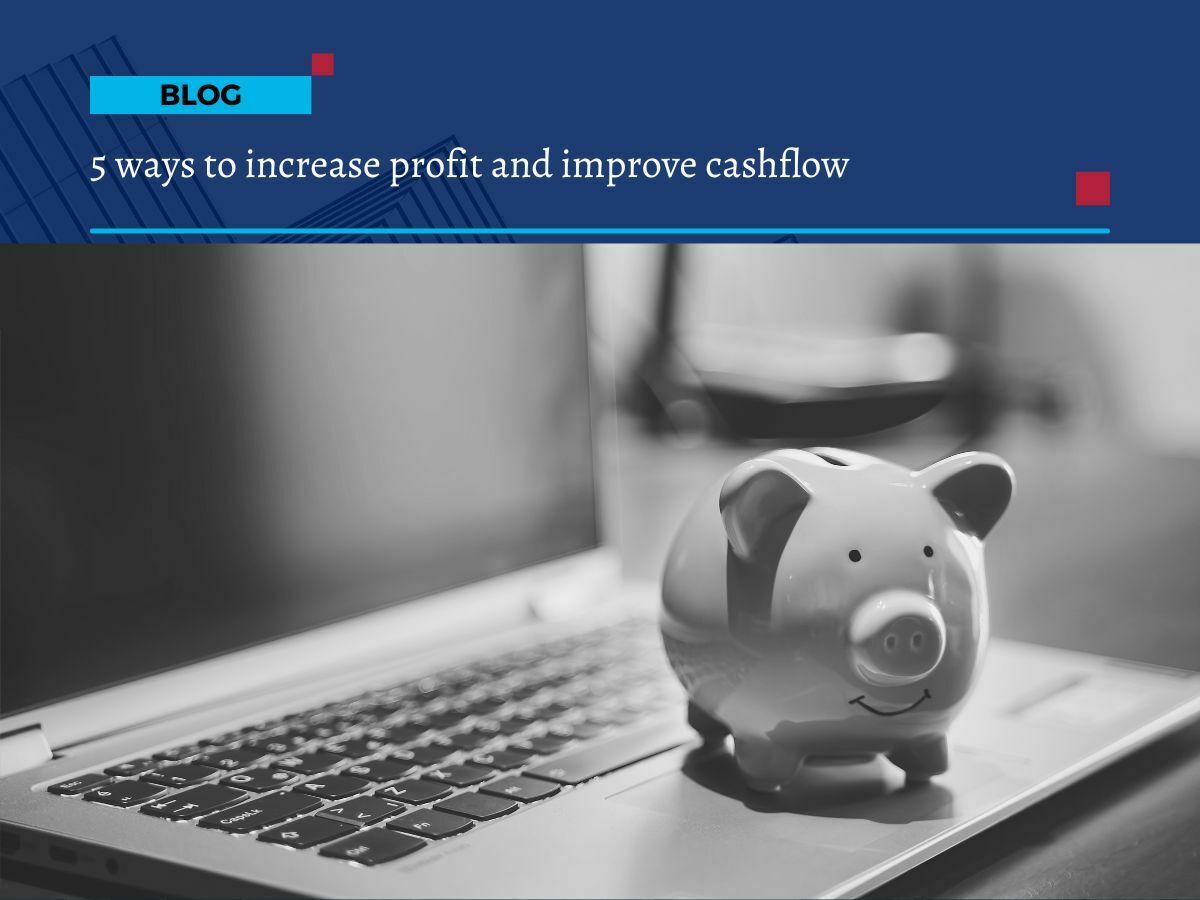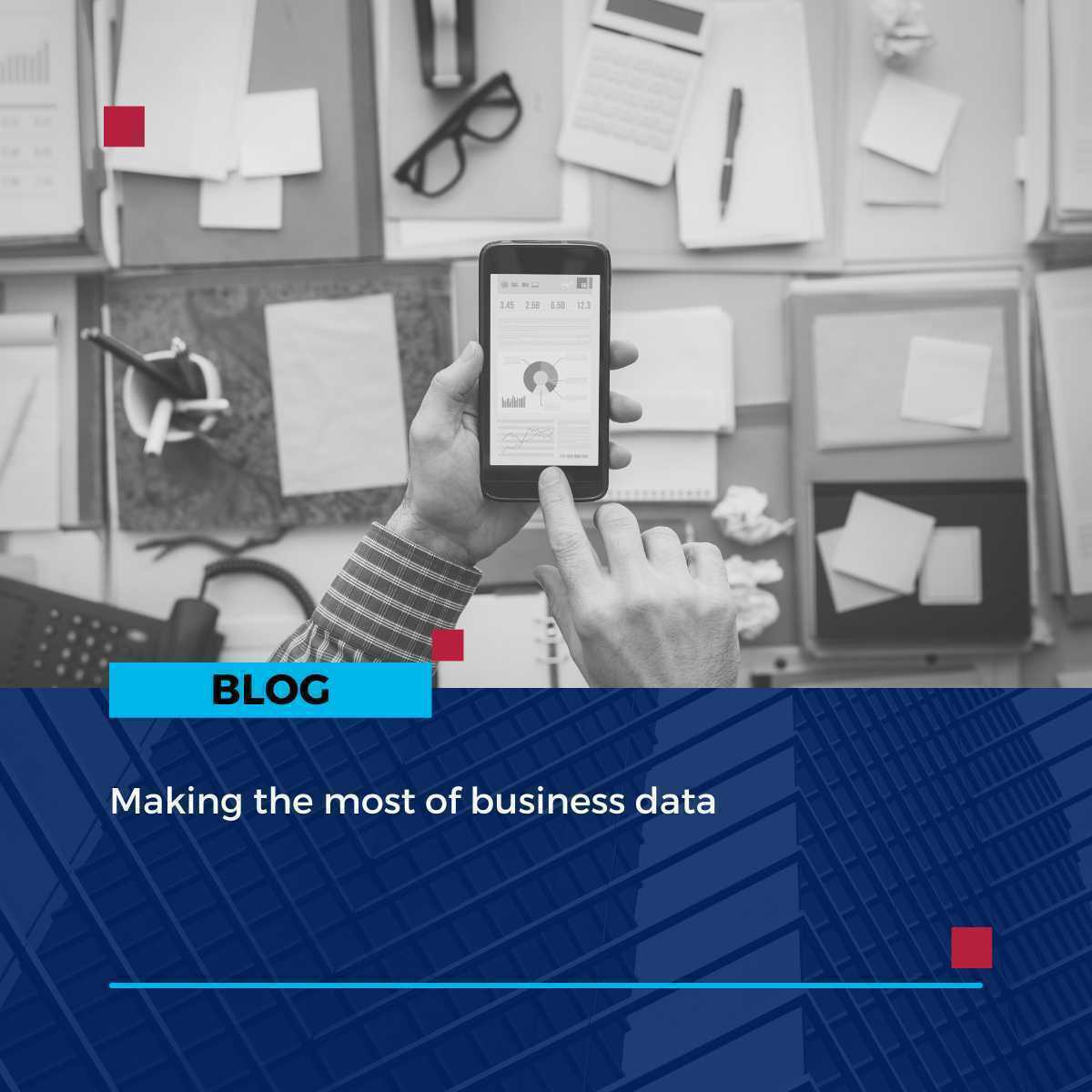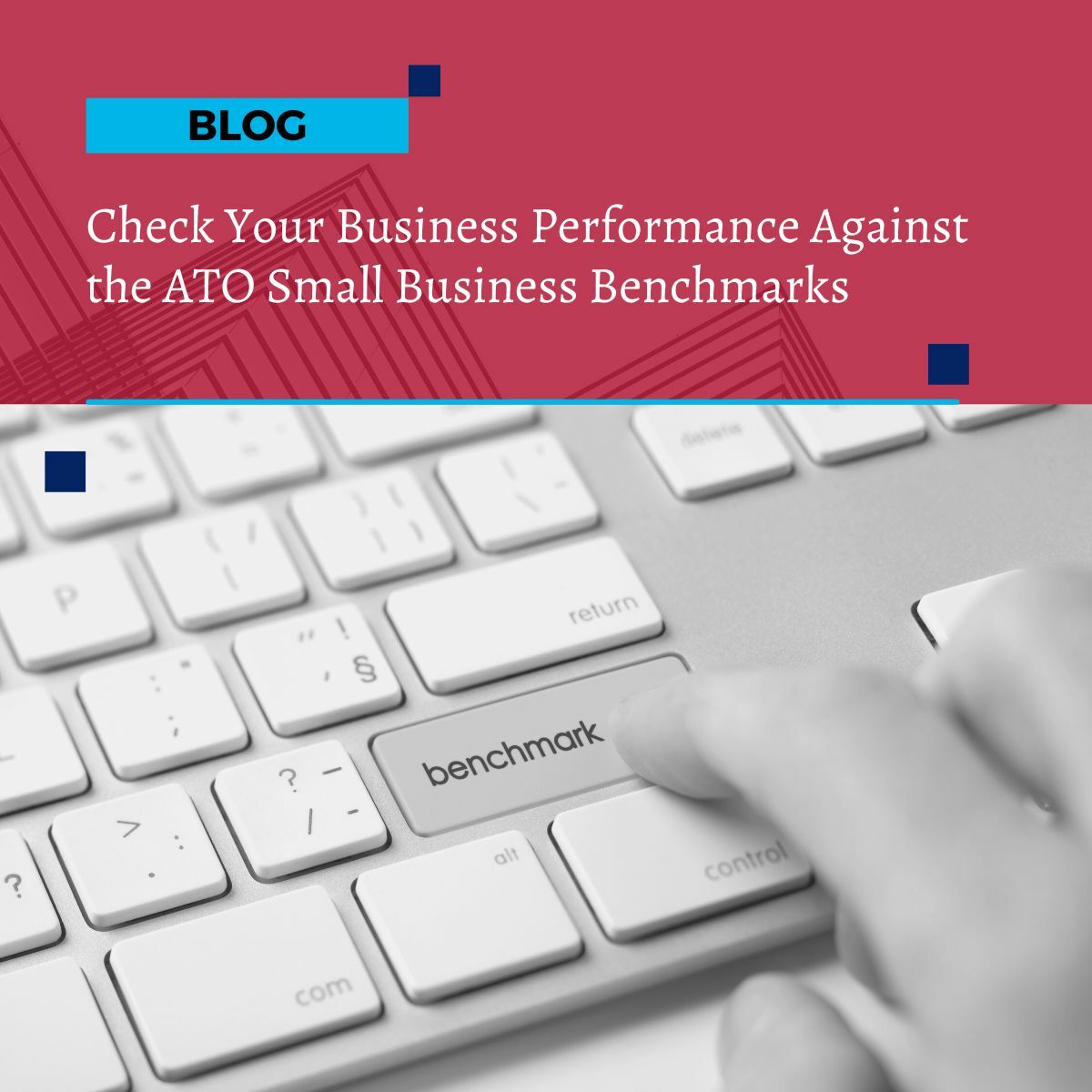
Keeping debt low
Keeping debt low through proactive credit control.
Having a large amount of debt in your business is bad for cashflow, weakens your overall financial health and brings down your credit score as a business.
So when customers don’t pay on time, that ‘aged debt’ is bad news for your finances. Aged debt can begin to stack up, adding to your liabilities and reducing the health of your overall balance sheet.
The good news is that there are ways to tackle late payment head-on.
Get effective with your credit control
Being proactive with your credit control procedures and debt management helps you speed up payment, reduce your debtor days and rein in your overall debt as a business
To improve the efficiency of your credit control, these strategies help speed up payment processes, reduce debtor days, and maintain a healthier financial status for your business.
Make your payment terms clear
The foundation of effective credit control is clear communication about payment terms. Ensure that your payment conditions are explicitly stated on all invoices. Additionally, incorporate a detailed credit control policy into the terms and conditions your customers agree to. This clarity helps prevent misunderstandings and sets clear expectations from the start.
Run regular debtor reports
Regular reviews of your debtor situation are vital. Run frequent reports to identify which invoices are overdue and which customers are consistently late in payments. Understanding the pattern of late payments allows you to prioritise debt collection efforts effectively.
Be proactive in chasing late payment
Being passive about debt collection is a common pitfall, however it's important to not be shy about asking a customer to pay their bill. Adopt a proactive approach by regularly contacting customers with overdue payments. Set up reminders for yourself to chase late payments, ensuring you are persistent but respectful in your communication.
Automate your credit control tasks
Technology can significantly streamline your credit control processes. Many cloud accounting platforms offer built-in tools or integrations specifically designed for automated credit control. These systems can automatically send reminders to customers as soon as an invoice becomes overdue, reducing the manual effort required and ensuring timely follow-ups.
Leveraging technology for better credit control
The use of technology in managing credit control cannot be overstated. Automated systems not only save time but also reduce the chance of errors and omissions that can occur with manual processes. These tools ensure that all customers receive consistent communication and that no overdue invoice slips through the cracks.
If late payment and aged debt is weighing heavily on your balance sheet, we’ll help you implement the appropriate apps that support the automated systems, debtor reports and credit control processes needed to reduce debt.








